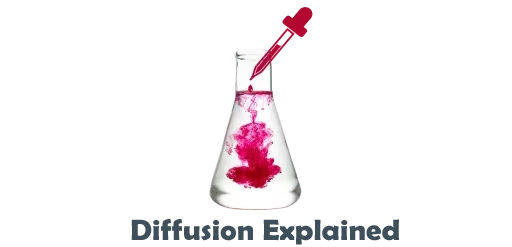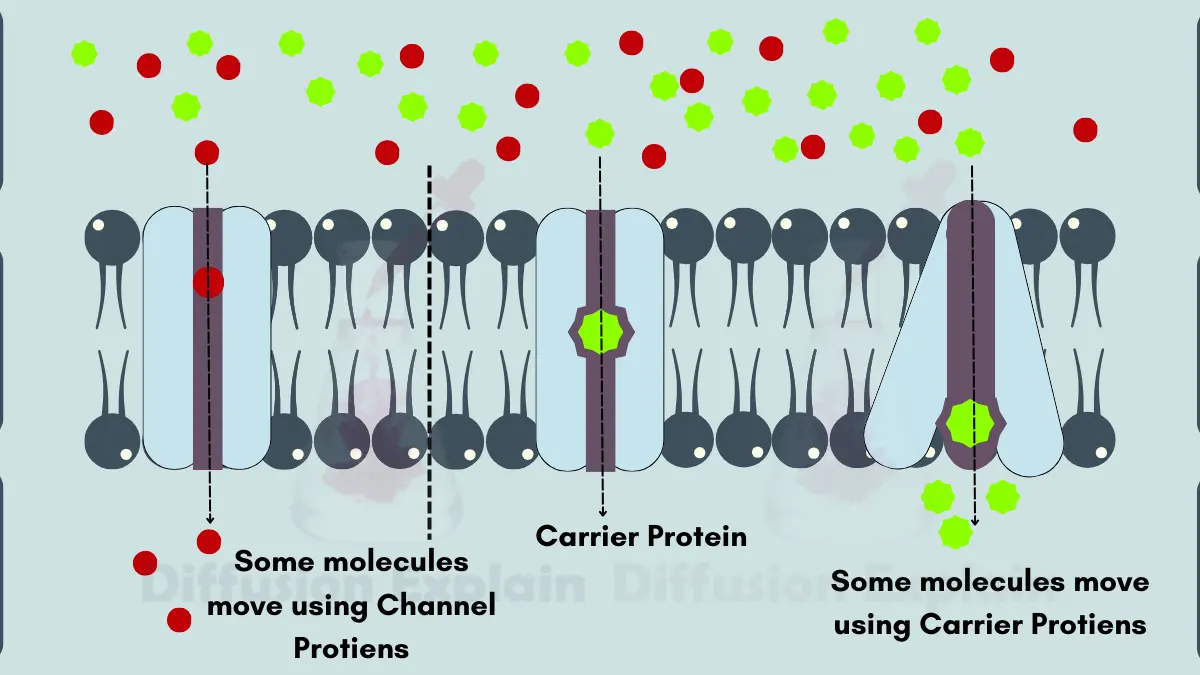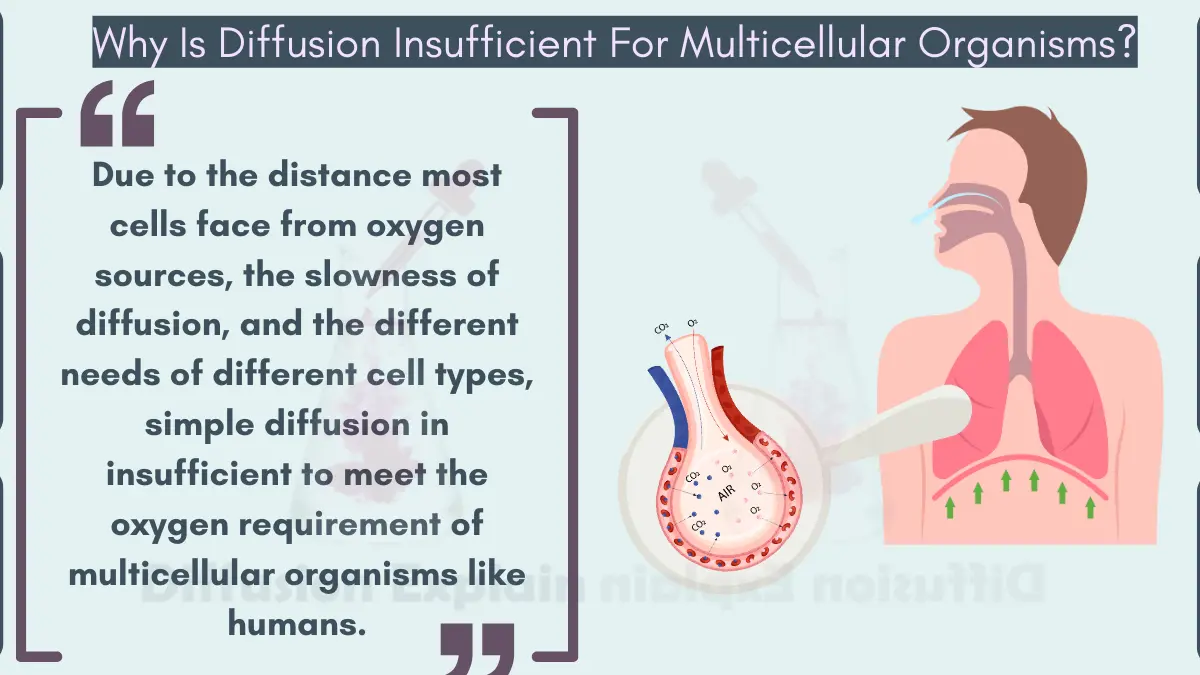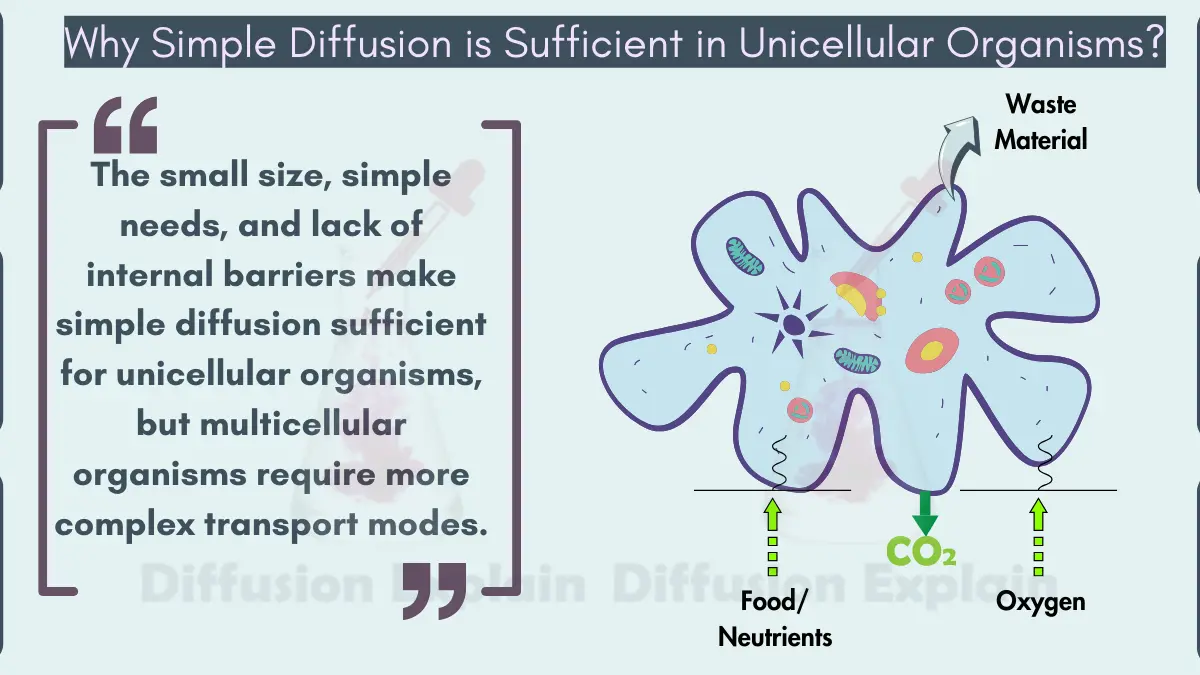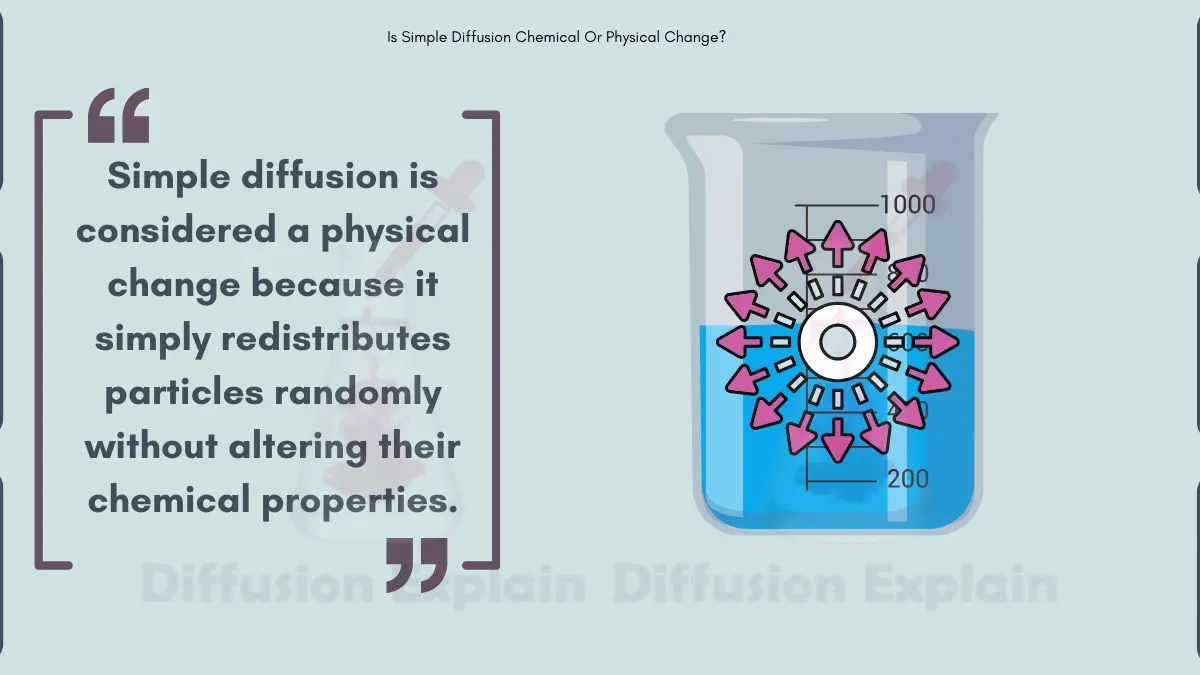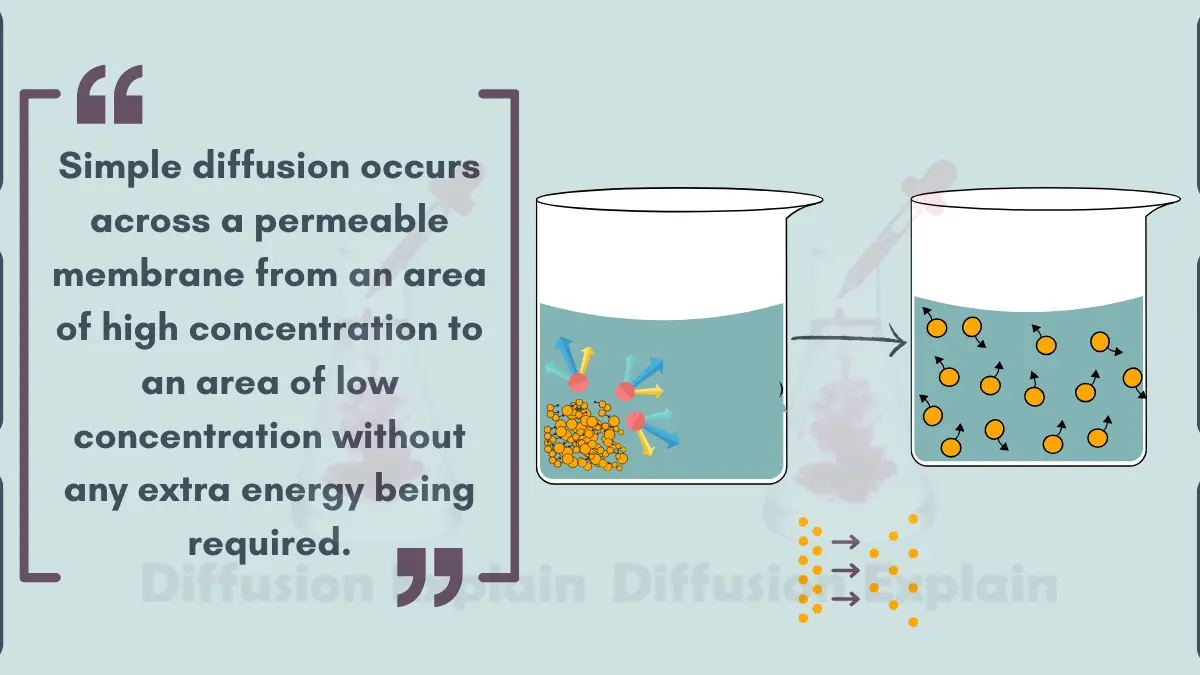Facilitated Diffusion-Types, Mechanism, And Example
What is Facilitated Diffusion? Facilitated diffusion is a type of Diffusion that is based on the movement of molecules from the region of high concentration to the region with low concentration by using specific carrier proteins or channel proteins. Just like simple diffusion, It also happens because of a concentration gradient. It requires no additional … Read more
